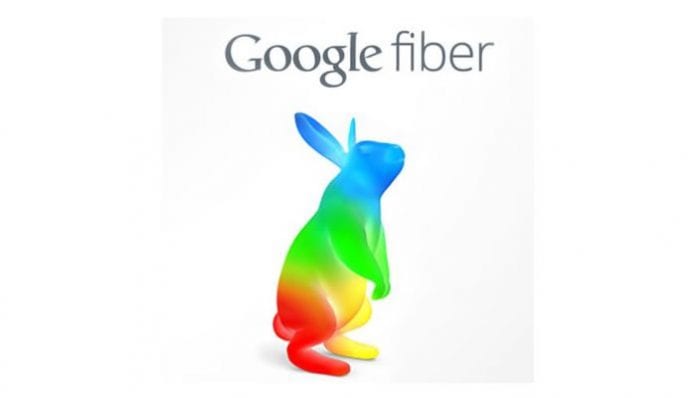Internet needs grow bigger and bigger every passing day. In the near future, all of us will need larger bandwidth to suit high demand needs such as virtual reality and HDR video streaming plus the other things that are yet to come. In truth internet providers currently, do not offer large bandwidth and Google worries that this is not about to change soon. Google, taking matters into its hands, is working on projects to deliver faster internet. Tying Wireless spots to their Google Fiber comes to mind.
A few years ago, the company launched Google Fiber, whose purpose is to provide faster internet. Google Fiber lives up to its promises by delivering supersonic internet speeds in select cities. Google Fiber pushed other internet service providers to offer faster internet speeds, which is a good thing.
The problem here is that Google does not seem keen to provide Google Fiber in more cities. But Google plans to change that. In their new plan, the focus is delivering high-speed internet all over America. The plan involves wireless internet technologies.
One thing for a fact is that internet service providers deliver high-speed internet via cables. The internet delivered by wires to your home or office is way faster than internet provided by cellular network providers. However, Google is developing new wireless technologies that will redefine the whole concept of internet delivery.
In Kansas City, city authorities allowed Google to put up wireless antennas on the city’s lighting poles for testing. The idea here is to eradicate the need to tap into wire lines or utilities connection cables. According to Business Insider, the experiments will expand to other cities including Georgia, Texas and Provo. Google’s goal is to expand bandwidth to over 3.5GHZ.
As mentioned earlier Google Fiber kicked off a few years ago. The current Google Fibre delivers internet via fibre optic cables. These cables are extremely expensive to connect, and they involve digging into the ground. Google had to negotiate with Kansas City officials so that it would be allowed to run its cables in existing utility lines in an effort to slim expenses. In other cities, Google has not had such luck. In fact, AT&T sued Google so that the tech giant could not use its utility poles in Louisville, Kentucky.
But with the company’s shifted focus to wireless internet delivery, it will not need utility lines. Wireless technologies will, in theory, be cheaper. Google plans to deliver wireless internet to Silicon Valley and Portland, Oregon.
In other news, Google acquired an internet provider called WebPass. WebPass is a little ahead of Google in delivering wireless internet as it already provides such internet to apartment buildings in San Francisco. A partnership with another company called Artemis could seal the deal for Google. Artemis is currently working on a technology called pCell networks, which focuses on expanding bandwidth.
Both Google and Facebook are heavily investing in wireless internet connection and underseas cables to deliver the internet to remote areas. It is safe to say that wireless delivery of high-speed internet will soon be a reality.









